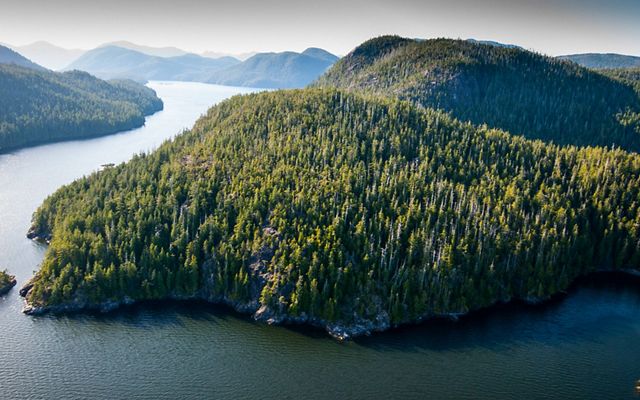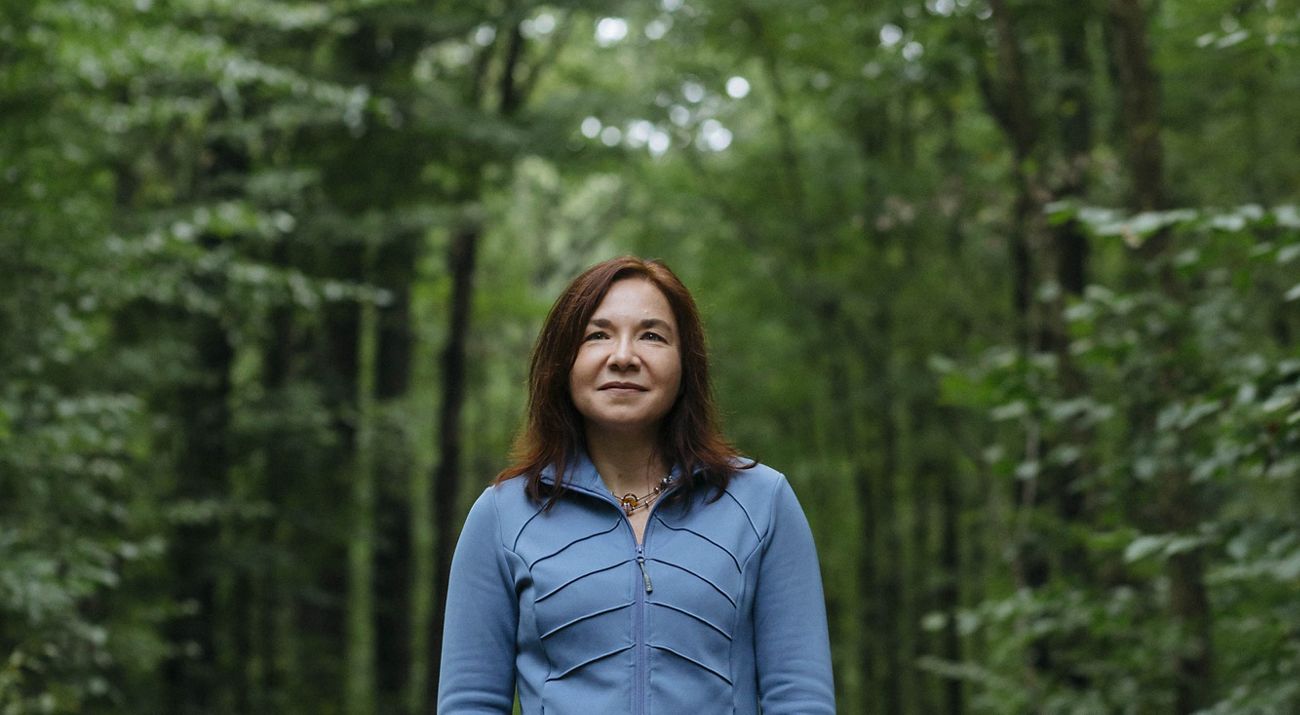A Path to Climate Action Rooted in Hope
Dr. Katharine Hayhoe, our global chief scientist, shares five lessons for meaningful climate progress
As a leading climate scientist, Dr. Katharine Hayhoe has crunched the numbers on how the climate crisis is changing our natural world. And as the chief scientist of Nature United’s global affiliate, she is also focused on how to solve it—and it starts with understanding that climate change is an “everything” issue. From our health to the affordability of food and housing to social justice, climate change is impacting the daily lives of Canadians. To make meaningful progress, we must integrate climate solutions into everything we do.
Here are five lessons for taking climate action right now, no matter where you’re starting from:
1. Start a conversation.
In a country so large and diverse as Canada, it is only natural that there are competing interests and divergent perspectives on a range of issues. So how do we have conversations around climate change? Dr. Hayhoe, a University of Toronto educated scientist, leans on her experience leading climate conversations in communities in Texas and the rural midwest. She says meaningful dialogue doesn’t start by rehashing doomsday data and facts that have been discussed for decades. Instead, she encourages us to focus on shared values.
Climate change doesn’t care about who you are, who you voted for, or what you did yesterday.
Quote

We don’t have to care for the same reasons, but if we can show somebody that we do in fact care about the same things, the conversation can develop in incredible ways.
2. Focus on your alignment.
To turn values into action, we need to build off what matters. Once we know our shared values, we can connect the dots between the values people already have and why they would care about a changing climate. Shared values generate hope for well paying, sustainable jobs; healthy food on the table; clean water to drink and swim in; fresh air to breathe; beautiful, natural landscapes to enjoy; and non-polluting energy to sustain us.
Alignment starts with building connections, listening to where communities want to go, working together, and co-creating solutions to get there. In Clayoquot Sound, for example, Nature United works in partnership with First Nations to facilitate Indigenous-led land use planning to develop a shared vision of a sustainable region that is managed for and by its people. The program will create enduring funding solutions, such as carbon offsets and ecotourism models that support Indigenous partners in securing a world-class, Indigenous-led conservation area.


3. Build on what’s working.
We know that climate change is causing more frequent and severe storms, floods, droughts, wildfires, and other sudden weather events in Canada and across the world. Whether in coastal, agricultural, rural, or urban communities, the impacts of climate change are happening in real time. But despite the worrying data coming from the IPCC, Canadians are moving the needle forward. We don’t need to wait for a miracle innovation, we need to focus on what works today.
Natural Climate Solutions for Canada
Learn more about the groundbreaking results and what they mean for Canada.
See the ResultsOur research shows that it is imperative to look at the Natural Climate Solutions available to Canadians now. By leaning on the oldest carbon-capture technology ever invented, photosynthesis, nature itself can reduce Canada’s emissions by nearly 78 mt of CO2e annually in 2030. That is equal to 11 percent of Canada's current annual carbon emissions or the annual greenhouse gas emissions from powering every single home in Canada for about 3 years.
4. Create opportunities for convergence.
Every single policy—from safe infrastructure to affordable housing to clean water and health food—is affected by climate change. But sometimes action is inhibited by a feeling that climate investments compete with other priorities. This isn’t the case. There is urgency to act on climate and co-benefits in doing so.
For example, Natural Climate Solutions like protecting and restoring tidal wetlands help weaken waves and storm surges, preventing shoreline erosion. And practices like nutrient management, manure management, and planting trees in urban areas that lessen air pollutants result in healthier communities. Prioritizing these pathways can help rally Canadians who might otherwise be difficult to convince.
5. Just start somewhere.
What do we do now? Just start. A recent Ipsos poll showed there is a great deal of worry about climate change in Canada. But only 30 percent of people are aware of the government’s plan to tackle it. Getting people onside isn’t the big challenge in Canada; it’s getting people to do something.
Quote: Katharine Hayhoe
Hope is not a passive emotion. If we just sit here, it is not going to come find us. What will come find us is fear and despair. Hope is an active emotion. We have to go out and look for it by acting.
We cannot wait for one leader, one policy, or one technology to fight climate change. There are 38 million Canadians and counting. Together, all of our actions to change the way we work, commute, eat, do our business, and raise our families make a difference.
Climate Change Updates
Sign up for email updates from Nature United to get the latest on climate action in Canada.
